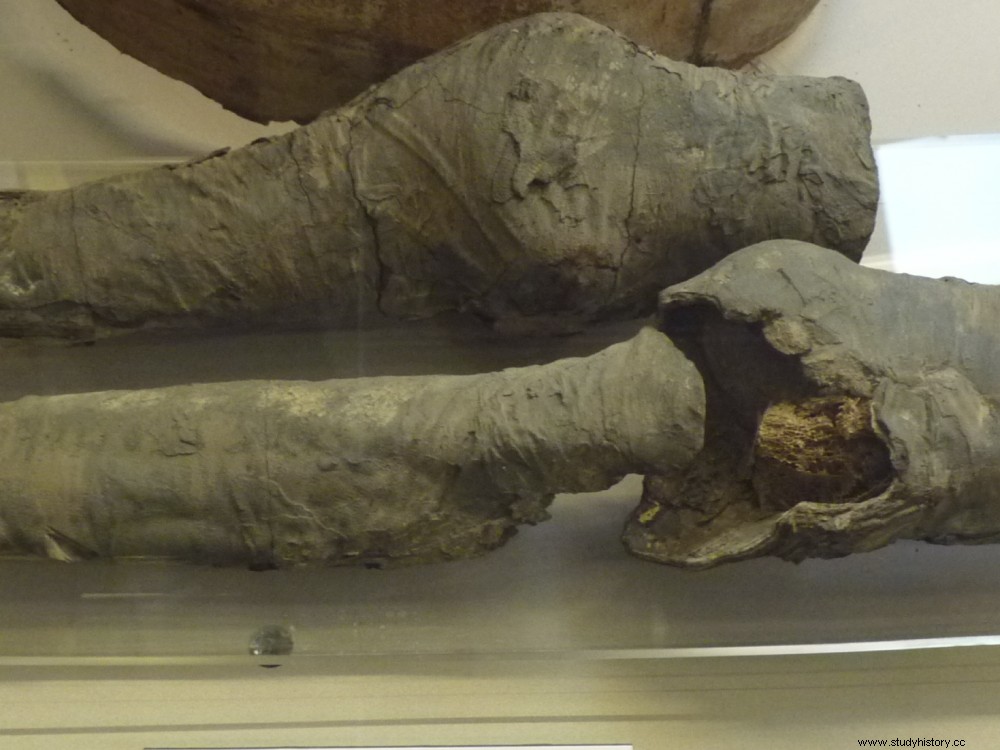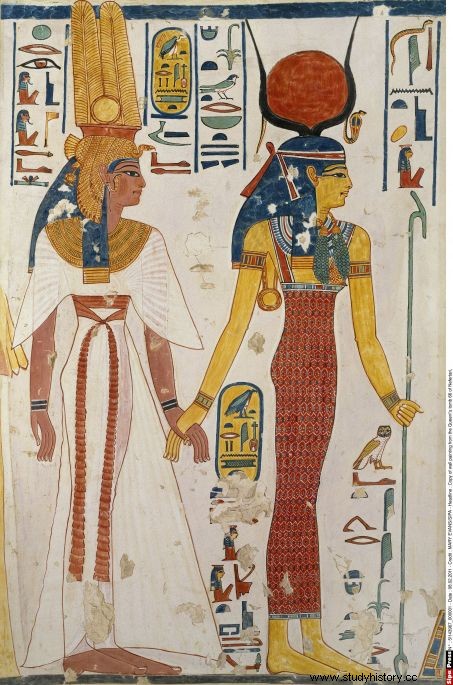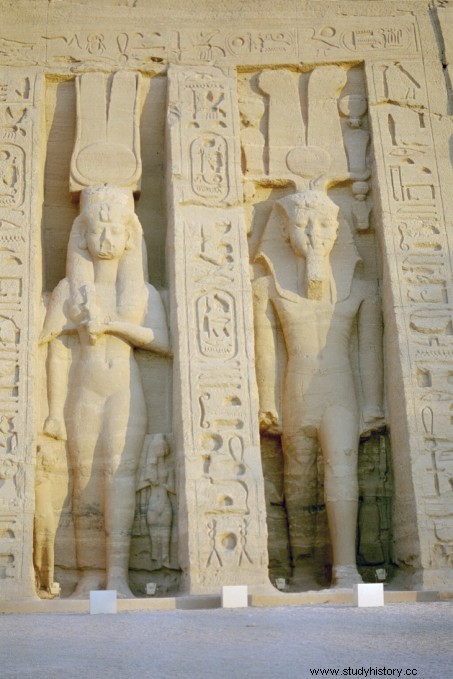Two lower limbs are all that would remain of Queen Nefertari's mummy. A scenario that seems to be confirmed by the recent work of a team of researchers.

The mummified remains of Queen Nefertari's legs, housed in the Egyptian Museum in Turin, Italy.
"They say I have beautiful legs... », sang Mistinguett in 1933. A refrain that could also have been sung 3200 years ago by the famous Nefertari, Queen of Egypt, whose mummified legs may have just been found in a display case in the Egyptian Museum in Turin ( Italy) ! In any case, this is what a team of researchers led by Franck J. Rühli, anthropologist at the Institute of Evolutionary Medicine (IEM) of the University of Zurich (Switzerland) suggests, who conducted a study on these detained members. for more than a century by the Italian institution. The scientists analyzed these remains - either a complete leg (femur, patella, tibia) and the other reduced to part of a femur and tibia - by subjecting them to a battery of examinations:radiocarbon dating, genetic and anatomical analyses, historical comparisons. And this set would therefore plead in favor of the identification of the remains of Nefertari (“Beauty belongs to him "), favorite wife of Ramses II (1250 BC), ruler of the New Kingdom (XIX th dynasty). Not to be confused with the other famous Egyptian ruler, Nefertiti (1370-1333 BC), wife of Akhenaten.

Wall painting from tomb QV66 in the Valley of the Queens at Thebes showing Queen Nefertari in the company of the goddess Isis. ©Mary Evans / SIPA
“These limbs belong to an adult female approximately 40 years old, 165-168cm tall, and the embalming materials used are in keeping with Ramesside mummification traditions », Explains Franck J. Rühli, in the article published in the online journal PLOSone. The absence of use of bitumen would be characteristic, its use being later according to the authors of the article. "Oils or fats seem to have been the main embalming agents during the New Kingdom », continues Franck Rülhi. Animal fat was even generously applied to the linen strips, although their use is not recommended in the Ritual of embalming, the papyrus dealing with these questions that has come down to us.
Suspicions existed about the identity of its owner, but these human remains had never been the subject of scientific analysis. They had arrived in Turin at the beginning of the XX th century after the tomb of Queen Nefertari (QV 66) was discovered by Ernesto Schiaparelli and Francesco Ballerini in 1904 in the Valley of the Queens. This burial having been completely looted in Antiquity, the Italian archaeologist-diplomat had only found a very damaged pink granite sarcophagus, broken furniture, pots, some ouchebtis wooden (small statues symbolizing funeral servants), a pair of sandals… and those mummified legs torn from the rest of the body by looters during the violation of the golden coffin. That is to say if there was little left, in view of the wealth that this eternal residence must have contained with walls decorated with colorful frescoes and considered one of the most beautiful burials in all of Pharaonic Egypt. “Nefertari had a supreme recognition that no other queen of Egypt had. She was presented as the equal counterpart of Ramses II as implied by the colossus in her effigy placed on the facade of the small temple of Abu Simbel, next to her husband , recalls the Egyptologist Pierre Tallet, from the University of Paris-Sorbonne. A divine complementarity between her and the pharaoh to overlap with the couple Amun-Re, and Mut, the dynastic deities of ancient Egypt in the region of Thebes .

The Temple of Nefertari, at Abu Simbel, in southern Egypt. The statue of the sovereign is represented as equal in size to Ramesses II, thus demonstrating her status and importance © Egyptian Museum of Turin
If the conclusions of this study prove true, Nefertari would be to date the only queen of the Ramesside period to have been duly identified. Most of the mummies of queens, princes and princesses from this era have not yet been found. Perhaps they will one day, as was the case for the fifty pharaohs and illustrious figures of the New Kingdom (1550-1070 BC) found in 1881 in the hiding place of Deir el-Bahari, south of Thebes. .
